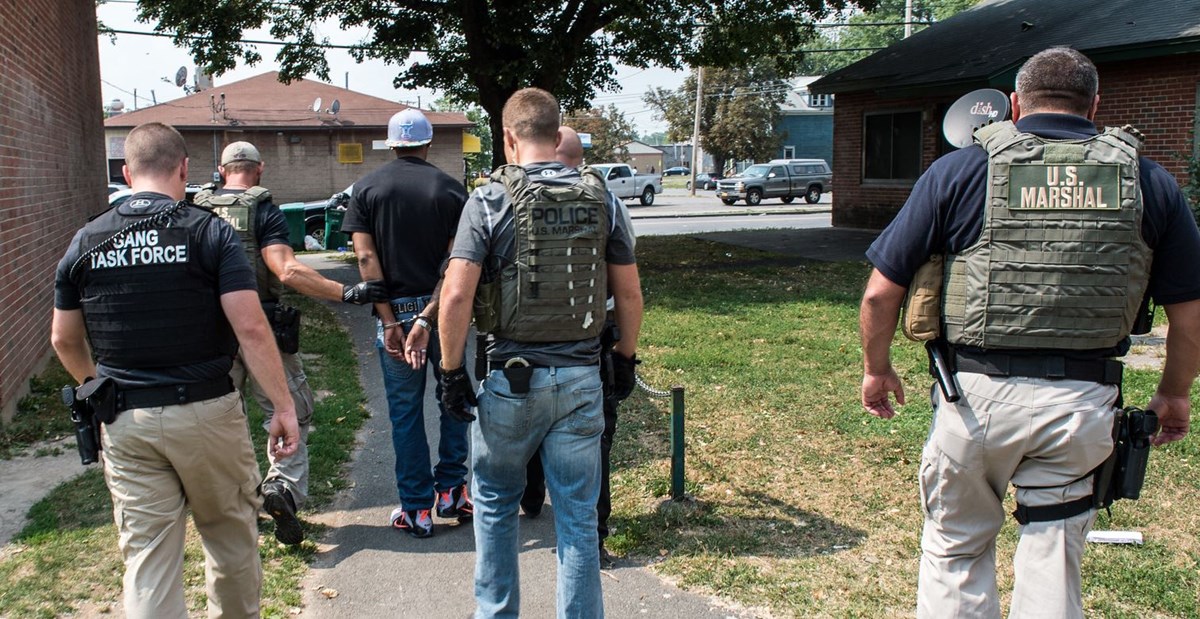Last week, Oregon voted to decriminalize the possession of all drugs. Ballot Measure 110 passed with a whopping 59 percent of the vote.
Numerous other states voted to legalize recreational cannabis on Election Day as well, namely Arizona, New Jersey, Montana, and South Dakota. Across the board, voters struck down policies that supported the War on Drugs at every opportunity they were given.
But Oregon’s initiative is by far the most sweeping progression we’ve seen on this front to date. It’s also different from actions taken in other states because the vote did not legalize drugs, but rather decriminalized them. This means it removed criminal penalties attached to the possession of drugs but didn’t all-out legalize them—a very important distinction.
Beginning February 1, Oregonians caught carrying small amounts of illegal substances will be met with a $100 fine. If they choose to not pay it, or if they are unable to, they can agree to a health assessment at an addiction recovery center instead where they may be prescribed customized treatment plans.
While Oregon might be the first state in our country to try this approach, it isn’t an unprecedented strategy.
The ballot measure also expanded access to recovery treatments, housing, and harm reduction services, measures the state will fund through the reallocation of tens of millions of dollars from Oregon’s cannabis tax. Additionally, it redirects the money saved from not arresting, prosecuting, and caging people for drug possession to treatment services as well.
The Oregon Criminal Justice Commission estimates that Measure 110 will reduce drug possession convictions in the state by 90 percent. Ultimately, this directive removes drug use from the purview of the criminal justice system, and chooses to instead focus on treatment opportunities. For those reasons, the campaign found strong support in the state’s medical and healthcare communities, which have witnessed first-hand the abject failure of drug criminalization.
While Oregon might be the first state in our country to try this approach, it isn’t an unprecedented strategy.
Portugal’s case study shows that decriminalization does not necessarily lead to higher drug use rates.
Almost two decades ago, in the midst of a heroin epidemic that was ravaging the country, Portugal decriminalized most forms of drug possession. Drug trafficking remained illegal, but drug users were viewed as ill instead of being treated as criminals. Instead of being imprisoned, drug users were taken before a drug court made up of psychologists, social workers, and legal experts who sought health-focused solutions when they were apprehended.
Data from Portugal’s experiment show it was an overwhelming success.
Arrest rates for drug-related offenses have dropped by 60 percent since 2001, while the number of people enrolled in treatment programs went up a reciprocal amount. Too, Portugal’s drug overdose death rate has plummeted, and HIV infections fell from 1,575 cases in 2000 to 78 cases in 2013. Meanwhile, Portugal’s drug usage rate has remained lower than the average use rates in Europe and drastically lower than those found in the US.
Portugal’s case study shows that decriminalization does not necessarily lead to higher drug use rates, as many critics claim. But despite the country’s success, others have been slow to follow in its footsteps—likely due to the entrenched special interests working to keep these policies in place.
It has been said that those who do not know history are doomed to repeat it, and America is no exception as we seem to be living in a Groundhog’s Day of perpetually failing policy.
In the 1920s, alcohol prohibition led to an increase in consumption, the production of more dangerous beverages, a rise in organized crime, rampant corruption among public officials, a court and prison system stretched to the brim, and an increase in the crime rate. Sound familiar?
By every available metric, the War on Drugs has failed.
And yet Americans seemingly learned nothing from this period in our history and instead tried the whole charade again with the War on Drugs.
Of all our government’s colossally bad ideas, the War on Drugs has stood out for its horrific disruption of the family unit, destabilization of whole communities, devastation of millions of lives, and utter inability to curb addiction in any meaningful way. And that’s not even mentioning the fiscal and economic costs of this behemoth.
By every available metric, the War on Drugs has failed.
The country has spent well over a trillion dollars enforcing drug criminalization. In fact, it’s estimated the federal government spends $9.2 million every day just to incarcerate people for drug-related offenses. States spend another $7 billion or so a year.
We incarcerate hundreds of thousands of individuals for non-violent drug offenses. These people then can’t work a job and contribute to our society while in prison, and they will have a hard time returning to a productive life when they are released.
These are people whose families and children struggle to make ends meet without their support. And most importantly, these are people who are not getting the help they need. In fact, a person is most likely to overdose in the weeks after they are first released from prison. The social costs of the War on Drugs are staggering.
Product bans merely limit the supply of a substance and the competition that can provide it, which in turn makes the price increase on the black market
And we do all of this for horrible results. Americans account for less than 5 percent of the world’s population but consume 80 percent of all opioids produced globally. Throughout its reign, the drug war has contributed to an increase in drug overdoses, led to the creation of violent drug cartels, fostered unemployment, and safe-guarded corrupt public officials.
Anyone can look at the current picture and recognize the War on Drugs has failed. But for those who’ve studied economics, the outcomes have been predictable and predicted for centuries.
Economist Frederic Bastiat famously wrote about that which is seen and that which is unseen in his essay The Law. When considering matters of public policy, most people consider only what they see and what they intend for an action to do.
In this case, nearly everyone acknowledges that drugs are harmful and that it would be desirable to rid our society of them. The intended goal of the War on Drugs has clearly been to eradicate society of an evil most agree upon.
It’s important to remember the limitations of government.
But that which is unseen, all of the unintended consequences of an action, are what good and smart leaders think of when determining the law. When it comes to the drug war, the unintended consequences have far outweighed any intended good from the policy.
The economic principle of the seen and the unseen plays out time and time again when the government seeks to curb behavior through product bans, which we know do not work.
Product bans merely limit the supply of a substance and the competition that can provide it, which in turn makes the price increase on the black market and pads the pockets of the drug cartels—leading to criminal activity, abuse, and corruption. This remains true whether we are talking about gun bans, drug bans, or any other prohibition.
It’s important to remember the limitations of government. Do we want people to stay away from drugs and choose treatment when they need help? Of course we do!
Does it help to force them or jail them should they choose not to?
Not at all.
Fortunately, it seems Americans are waking up to these principles, even as our leaders are slow to unwind themselves from the clenches of the drug war. Encouragingly, the coalition who successfully moved this ballot initiative in Oregon is poised to replicate it in other states in the near future.
If Oregon finds success on this pathway, and they seemed poised to, we can hope that others will follow suit.

